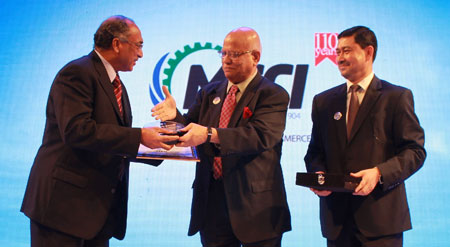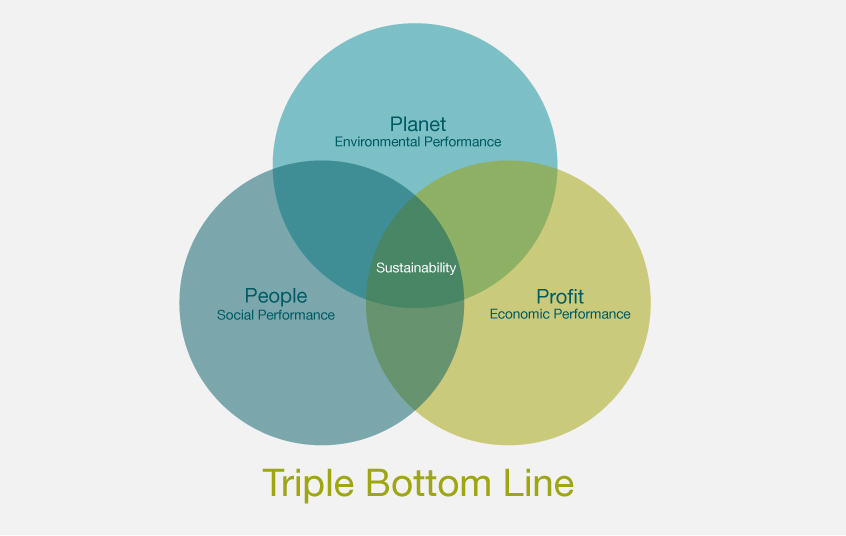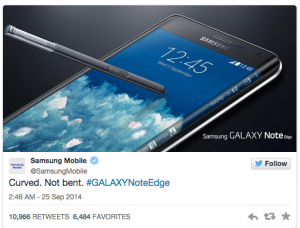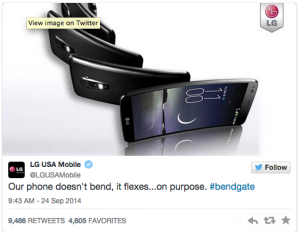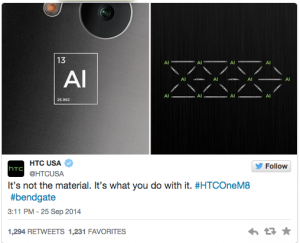On October 25, 2014, Rahimafrooz Renewable Energy Ltd., the largest energy and battery provider in Bangladesh, was awarded with the Green Business title by the Metropolitan Chamber of Commerce and Industry (MCCI) of Bangladesh. Only 20 companies in the country were awarded with MCCI’s Centenary Awards for significant contribution to the society. Being one of them, Rahimafrooz Renewable Energy Ltd. has been a consistent leader, possibly the largest private sector investor, of providing sustainable alternative energy resource to households in Bangladesh. Started as the first company of covering green energy in the country, they have served in the industry for 25 years so far with successfully provided more than 25 MW solar Photovoltaic solutions.
Rahimafrooz exemplifies the perfect implementation of the Triple Bottom Line. In the underdeveloped environment, it is especially important for a firm to be able to positively contribute to its surrounding community through projects that achieve towards a common welfare of people. According to the Ashden, nearly 70% of households in Bangladesh are not covered by electricity. To overcome this problem, Rahimafrooz successfully initiated the Rural Electrification and Renewable Energy Development Project and brought the benefit of electric lighting, charging and radio to at least 200,000 households in rural areas of Bangladesh. Along with the benefit of Nobel Prize winner Dr. Muhammad Yunus’s micro-finance, such achievement has been ground-breaking to the welfare improvement of people with low income in rural areas of Bangladesh. Rural population now enjoy a much easier life with accessible electricity and payable debt to pull themselves out of poverty. The average life quality of the rural populations has become significantly better, and Rahimafrooz promised to bring sustainability and efficiency in overall energy generation and distribution.
In the CEO Mr. Feroz Rahim’s own words, ‘businesses should fulfill both environmental and social responsibility besides making profit.’ Rahimafrooz Renewable Energy Ltd.’s business model clearly illustrates the practicality and effectiveness in today’s market, especially the one of the under-developed society. It proves that profitability and sustainability are not always an ‘either-or’ option to a firm. A sustainable business aims at connecting people, the planet and profit can always make a profit through contributing to its users and its surroundings.
